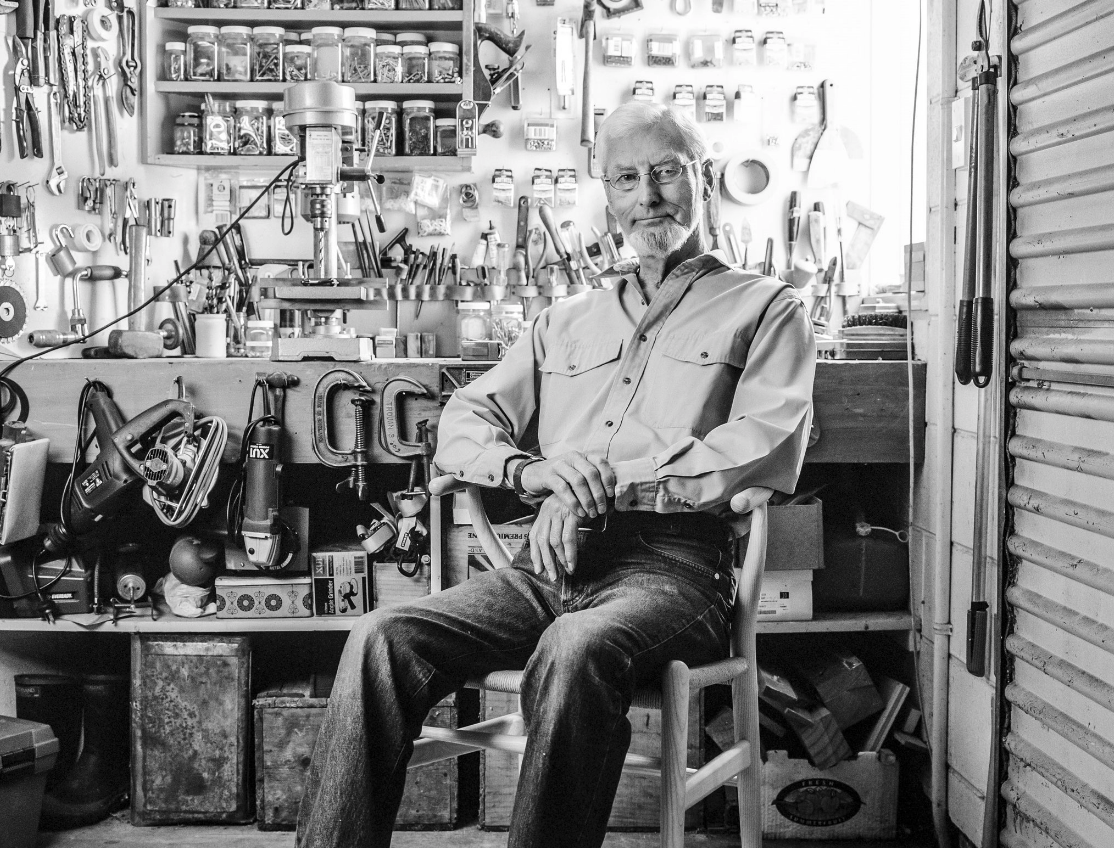One of New Zealand’s pioneering figures in modernist architecture, Warren & Mahoney co-founder Maurice Mahoney, dies aged 89

Mahoney partnered with Sir Miles Warren to form one of New Zealand’s most successful and prolific architectural partnerships in 1958 – Warren & Mahoney. The firm went on to design many buildings that were regarded as the benchmark of New Zealand modernism, with Mahoney and Warren considered driving forces in introducing architectural modernism to a then-conservative nation.
In a 1966 article on Warren & Mahoney’s work in the British journal Architectural Design, Norman Sheppard wrote about Christchurch: “This city, the most conservative in a fairly conservative country, has in its recent public and domestic buildings shown a direction which, if pursued and developed should make it a concrete example of what current planning and design theories propound.”
This direction was pursued, and architectural design in Christchurch in the 1960s went on to become a transformative time in New Zealand architecture.
Andrew Barrie wrote of the successful collaboration between Mahoney and Warren: “Joining forces with Maurice Mahoney, the pair found a point of intersection between the concern for truth-to-materials and structural expression that characterised Brutalism, and the low-key, Kiwi-fied commitment to straightforwardness that obsessed many young architects here in New Zealand.”
The two went on to take advantage of the economic boom post-war and quickly stepped up to do large scale projects, from College House in Christchurch, to Christchurch Town Hall, to Wellington’s Michael Fowler Centre.
President of the New Zealand Institute of Architects (NZIA) Tim Melville said Mahoney was a meticulous architect whose technique transcended many complex projects.
“Maurice was an outstanding practitioner who, calmly and without fuss, made a great contribution to the architecture of his city and country,” Melville says. “He was enormously respected by his peers, and the Institute was pleased to award him an inaugural Distinguished Fellowship in 2017 in recognition of his career achievement.”
Sir Miles Warren also praised the talents of his life-long practice partner. In New Territory, the book documenting Warren & Mahoney’s first 50 years, he wrote of Mahoney: “I admired the way he put things together with such great clarity and precision, his expert draughtsmanship, his ordered approach to design problems. So the partnership began.”
Mahoney was born in London in 1929, but did his training in architecture at the Christchurch Architectural Association’s Atelier.
His legacy is reflected in Warren & Mahoney’s growth: the firm now has grown to have offices in Sydney and Melbourne, as well as Auckland, Christchurch, Queenstown, Wellington and Tauranga.


One of Mahoney’s award-winning designs – 18 Butler St, Christchurch
Mahoney led many important projects in his career, including three hospitals, school buildings and government buildings in the Pacific, the Parkroyal Hotels in Christchurch and Queenstown, and the Canterbury Public Library. His last major project before his retirement, the refurbishment of the New Zealand Parliament Buildings and the Parliamentary Library, won numerous awards.
He retired from practicing architecture in 1992, but his architectural activity didn’t stop at this point. After the Christchurch earthquakes, his family home that he’d built in 1966 in Christchurch had to be demolished.
This was significant considering the Canterbury earthquakes had an impact on Warren & Mahoney’s legacy, with many buildings the pair had built damaged by the quakes. Rebuilding his irreparably damaged home similar to the original design was one way to salvage one of his works, while giving it a modern twist.
In 2017, Mahoney received an Enduring Architecture award for his work on 18 Butler St in Christchurch – a mirror-glass-clad house (pictured above) he designed for a family member. He also was the recipient of a NZ Order of Merit for services to architecture.




